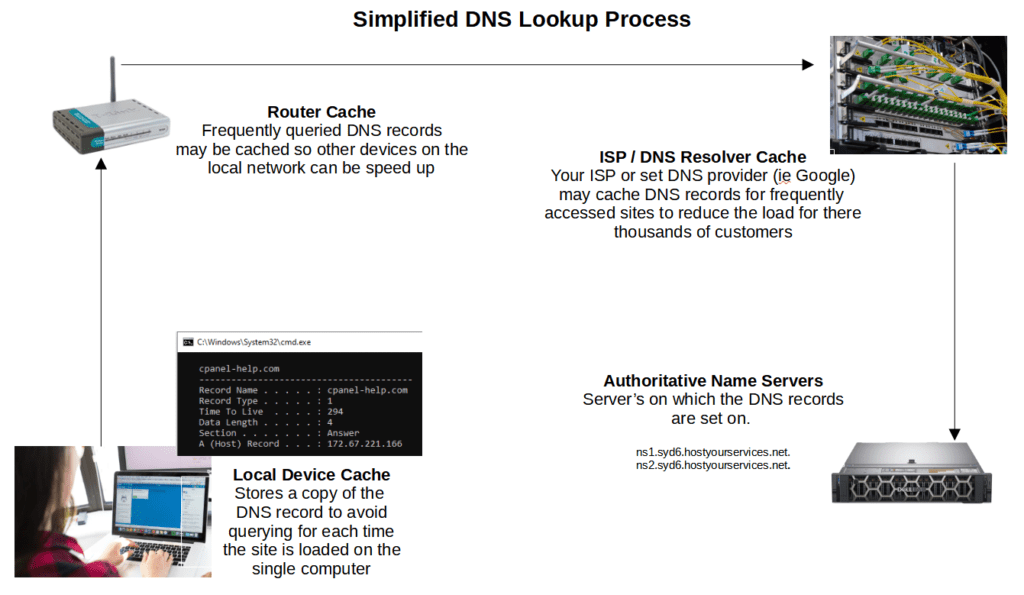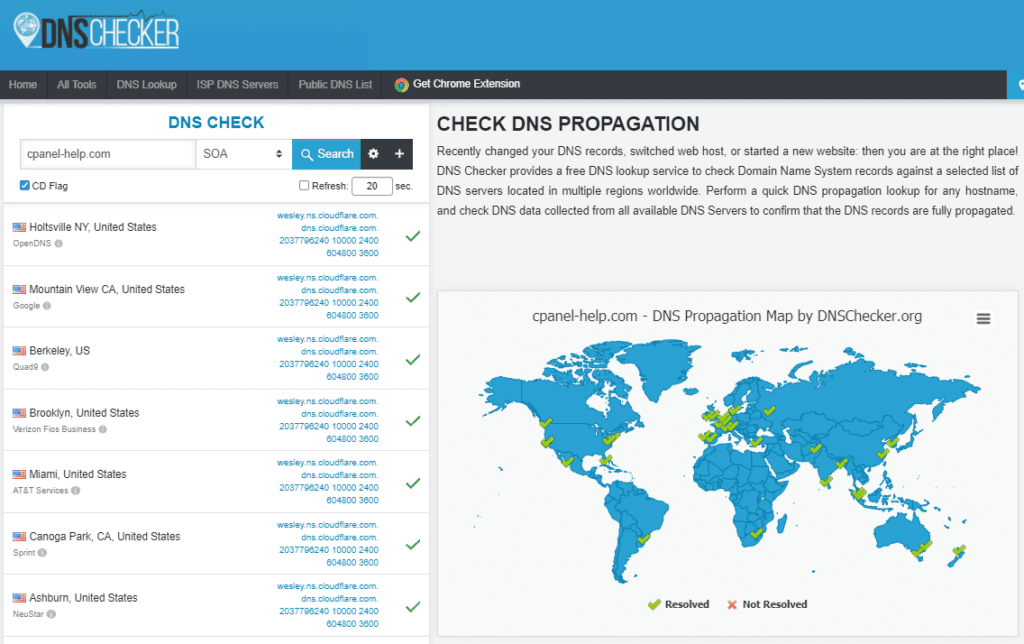Making a DNS change and not having it be reflected instantly can be frustrating, particularly if your site is down or emails are going to the wrong server
If you don’t know what DNS propagation is, we strongly recommend you read: What is DNS Propagation?
As DNS is ‘pull’, there is NO guaranteed method to speed up DNS propagation or force other DNS Servers or the remote devices to clear their caches.
DNS Records can be cached in multiple locations, so we recommend performing all tasks if practical

Methods to Speed Up DNS Propagation Include:
1. ~24 hours before changing the DNS record, set the TTL down to 300 seconds
This will help lower the chance of third-party Name Servers and end devices caching the DNS records for an extended amount of time. This change will need to be done well in advance of updating the DNS Record!

2. After updating the DNS Record, force major DNS providers to flush their DNS records for your domain
This will increase the likelihood your website visitors will get the new DNS record

Google DNS: https://developers.google.com/speed/public-dns/cache
Cloudflare: https://1.1.1.1/purge-cache/
OpenDNS: https://cachecheck.opendns.com/
3. If you or a specific website visitor are still having issues loading the new site, consider getting them to restart their computer and reboot their networking equipment.

4. Test the site on your mobile phone using 4G
Mobile devices on cellular networks tend to update DNS records faster

5. Test your DNS Changes have actually been set by your DNS provider!
DNS changes should be reflected near-instantly, if you do not see your new DNS changes, contact your DNS provider
You can use a tool such as DNS Checker to confirm this:
https://dnschecker.org/

